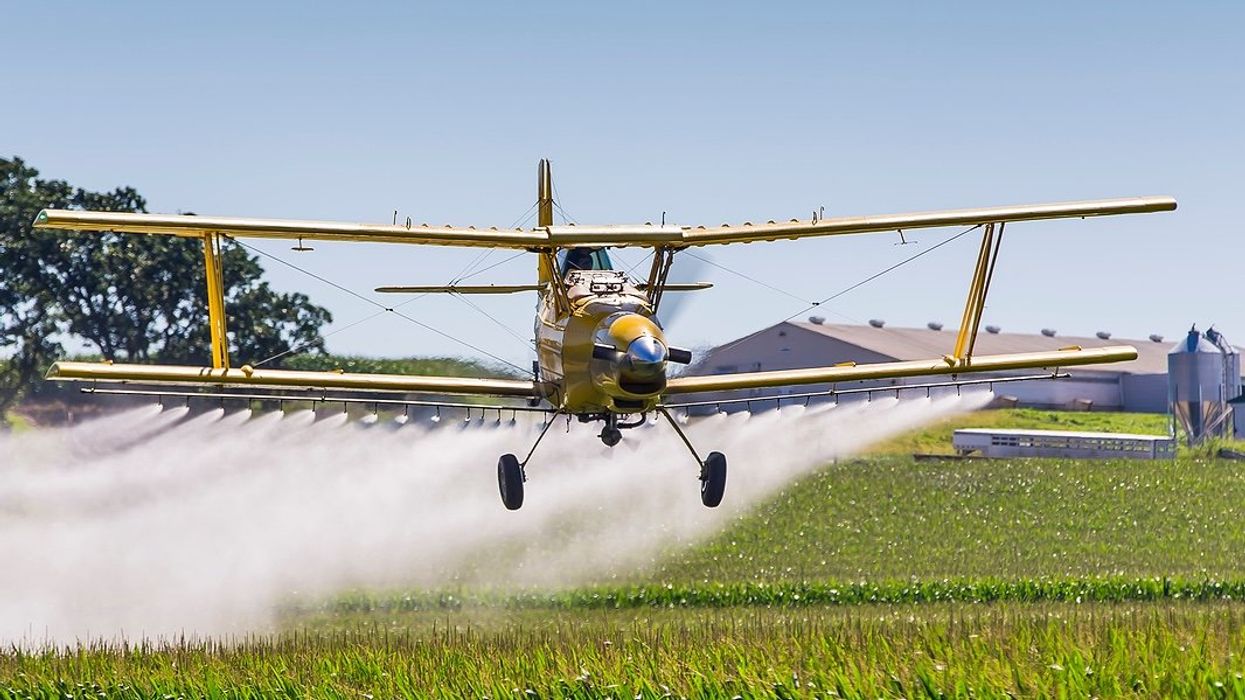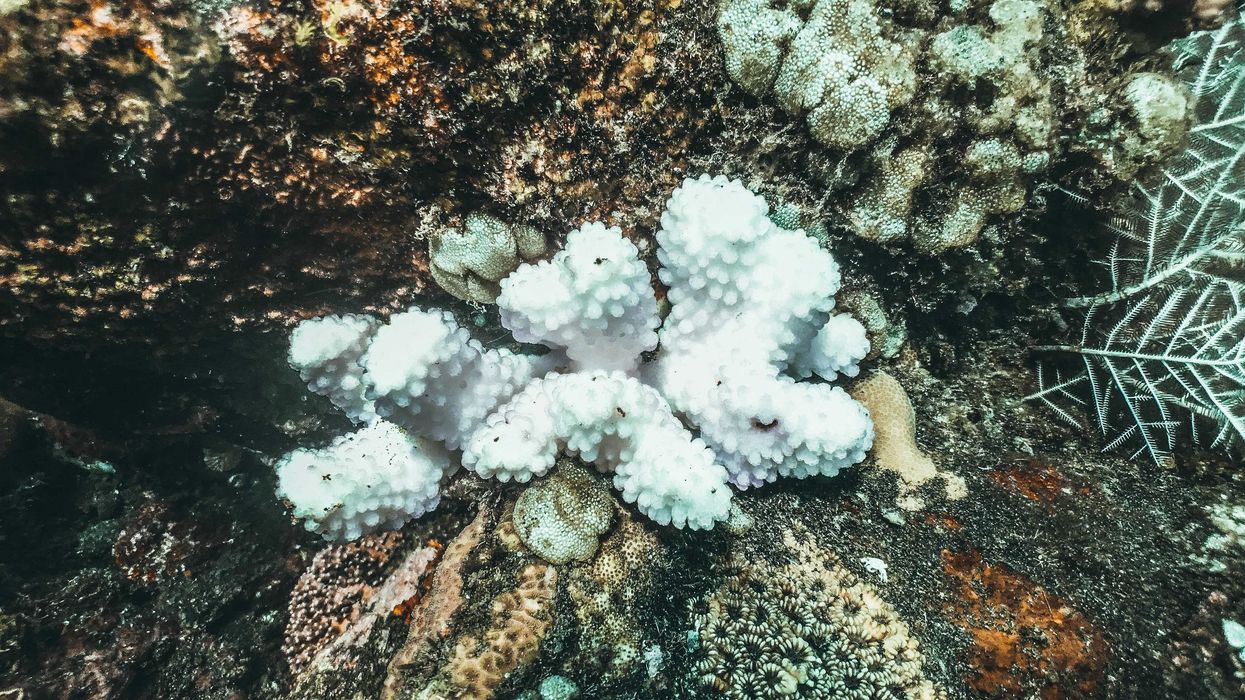Microplastic pollution is reducing the ability of staple crops to photosynthesize, potentially increasing the number of people at risk of starvation by 400 million in the next two decades, researchers say.
Damian Carrington reports for The Guardian.
In short:
- Microplastics damage plant photosynthesis, reducing global yields of wheat, rice, and maize by an estimated 4% to 14%.
- The study suggests crop losses from microplastics may be comparable to those caused by climate change in recent decades.
- Researchers warn that microplastics in oceans may also reduce fish stocks by up to 7%, worsening food shortages.
Key quote:
“Humanity has been striving to increase food production to feed an ever-growing population [but] these ongoing efforts are now being jeopardized by plastic pollution.”
— Prof. Huan Zhong, Nanjing University
Why this matters:
Microplastics — those tiny fragments of degraded plastic — have long been associated with polluted oceans and marine life. But emerging research suggests their reach extends much further, infiltrating the very soil that sustains global agriculture. The implications are stark. If staple crops such as wheat, rice, and corn suffer even modest yield declines, food prices could rise, exacerbating hunger in already vulnerable regions. With billions of people relying on these crops for sustenance, the growing presence of microplastics in agricultural systems raises urgent questions about long-term food security.
As plastic waste continues to accumulate — breaking down into ever smaller particles — the risks to both environmental and human health become more apparent. Scientists warn that without further research and action, microplastic pollution may quietly become one of the most pressing challenges facing global food production.
Related EHN coverage: Microplastics in farm soils: A growing concern














